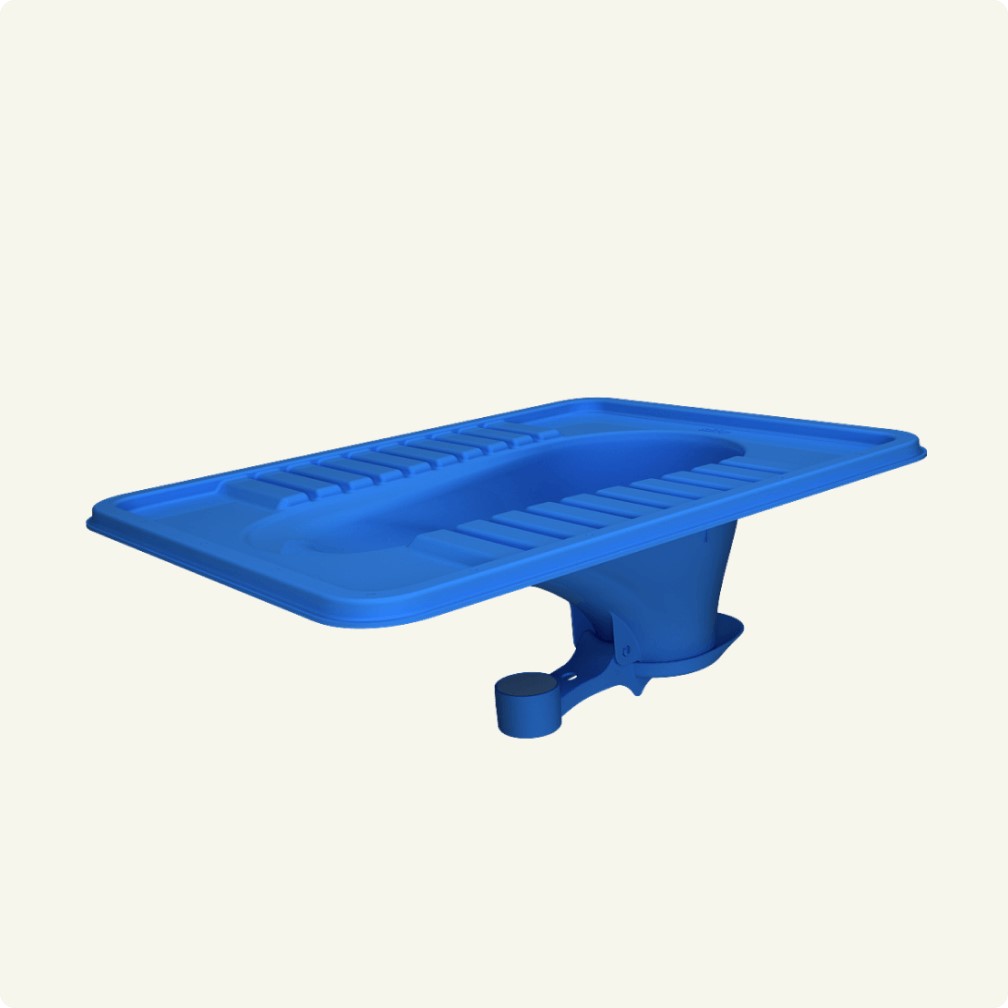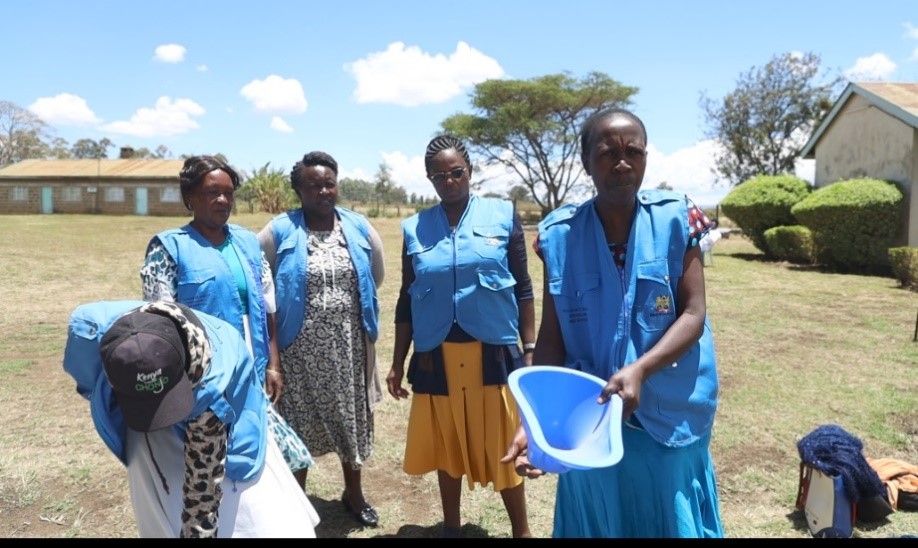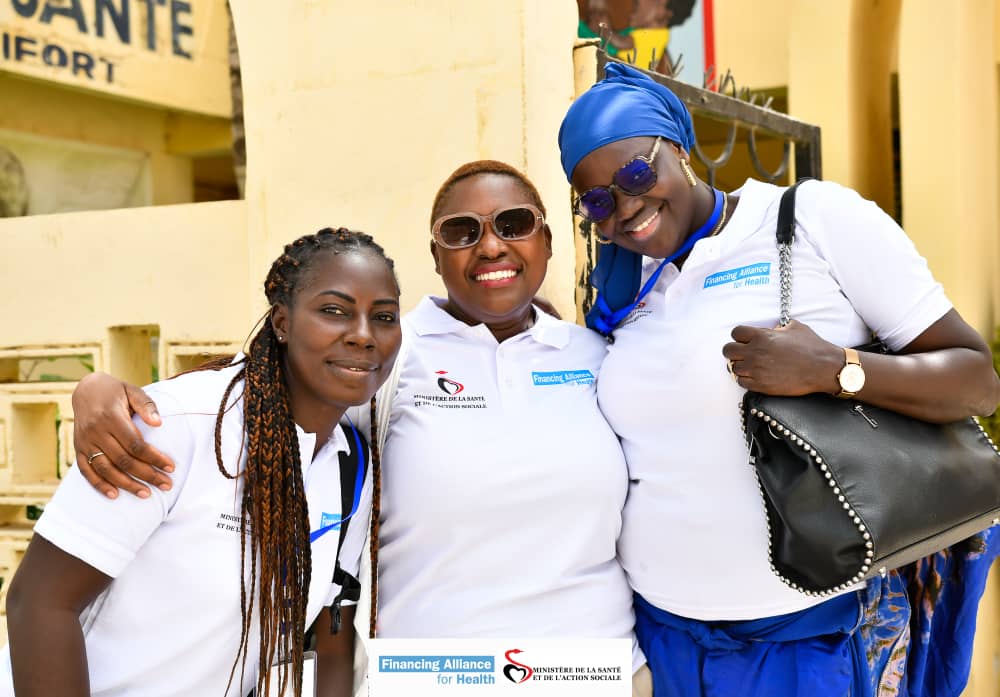Community Health Workers (CHWs) play a key role in ensuring that health services reach the most vulnerable populations who are often in remote and hard-to-reach areas. Being part of the community they serve offers CHWs a deeper understanding of the challenges that the communities face, and they are also best placed to be part of the solutions.
CHWs have the ability to support the formal health care system, which is battling an increasing epidemic of diseases in the global effort to attain Universal Health Coverage. They accomplish this by closing the gap in the health workforce and making sure that accessible, low-cost healthcare is available all the way to the end user at the community and household levels.
Additionally, the CHWs play a great role in disease prevention through health education and promotion at the household level. Educating the communities about healthy lifestyles, identifying and referring diseases at an early and manageable stage, and treating common illnesses such as diarrhea before they escalate greatly impacts the larger healthcare system positively.
Governments in low- and middle-income countries are struggling with the recruitment and retention of the community health workforce, which is a major constraint to the achievement of UHC. Despite the evidence and contributions the CHWs are making towards improving the health status of their communities, they remain under-remunerated and under-recognized. However, due to their commitment and passion for their work, they continue offering their services to their communities.
Such motivated CHWs are from Mangu Community Health Unit in Rongai Sub-County, Nakuru County, Kenya. Despite the challenges they face in their daily work, they have remained steadfast in serving their communities.
The Nakuru County Department of Health currently remunerates KES 2000 (approximately $15) per month as a stipend, which is very low compared to their efforts. However, the CHWs have established Income Generating Activities (IGAs) to supplement the monthly stipend. One of the IGAs is commercial farming, whereby the CHWs have partnered with their respective link health facility. The link health facility has offered the CHWs a piece of land to cultivate and benefit from selling the produce to the local market. The group of 10 CHWs contributes equally to the production costs, such as the costs of tilling the farm and purchasing inputs, e.g., seedlings, herbicides, and fertilizers.
To date, the IGA has been a success, with the group harvesting six bags of maize during the last farming season. They reinvested the profits from selling the bags of maize into another IGA.
CHWs are instrumental in promoting sanitation and hygiene in their communities by ensuring that households have proper sanitation facilities, such as toilets and latrines. The group proposed installing SATO toilets in households at a small fee, inspired by the need to reduce diseases such as UTIs and diarrhea, which often result from unclean latrines. SATO toilets are a type of toilet that is designed for use in areas where traditional sanitation infrastructure is unavailable or inadequate. The name “SATO” stands for “Safe Toilet,” These toilets are designed to provide a safe, hygienic, and dignified sanitation solution for people living in low-income or rural areas.
SATO toilets are typically made of lightweight materials such as plastic or fiberglass and are designed to be easy to install and maintain. With this product, the CHWs began a campaign to ensure every household had a latrine and a safe latrine, in Swahili, “ Tulitoka kwa Bora Choo to Choo Bora”. The CHWs needed to make more income to supplement their stipend and support their work. The SATO Toilets come in three designs namely:
- SATO Flex: Normally fixed in the normal pit latrine. It’s mainly recommended for the disabled as it does not allow slipping and falling, which often happens with the normal latrine posing a danger to them.

- SATO stool: The SATO stool is mainly meant for the elderly and people suffering from knee diseases. It is installed using cement, making it raised and easy to sit without squatting

- SATO pan. The SATO pan is mainly recommended for any family latrine.

All three types of SATO toilets use minimal amounts of water and are designed to be odor-free and insect-proof. They have helped the community reduce the incidences of diarrhea and UTIs. The elderly in the community is very happy about the CHWs intervention as it has greatly reduced joint pains resulting from frequent squatting. The initiative started by the CHWs installing the SATOs in their homes before sensitizing the community to uptake the same. Each CHW is on a mission to ensure that all his/her households have installed at least one of the SATO toilets.
Beyond the SATO toilets project, the CHWs also engage in table banking monthly during their review meetings. Table banking enables them to borrow money to run projects which they are expected to repay at a very low interest. These projects have managed to keep the Mangu Community Health Unit very closely knit and working in harmony for the growth of their community. The IGAs are also a great motivation to the CHWs who, beyond the KES 2000 they receive, earn more money together to support their families. Their work has gained recognition and respect within the community, making it easy to promote health and deliver their services.
Celebrating Everyday Heroes Article
By Lucy Gathoni, Country Engagement, and Support Analyst
Financing Alliance for Health


